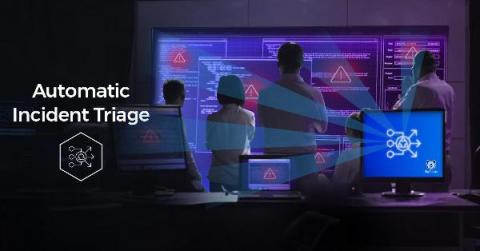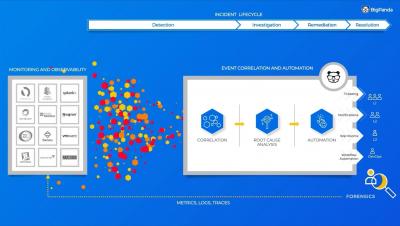Operations | Monitoring | ITSM | DevOps | Cloud
March 2021
Phoenix Project: Sometimes you have to look back to look forward
It has been eight years since The Phoenix Project was published and a lot has changed since then! I started to think about what we’ve learned in that time. It starts with the theory of constraints. I still see it all the time. Organizations take actions which are merely temporary, putting out fires but not solving for the underlying causes of those fires.
Say goodbye to guessing: Introducing Automatic Incident Triage by BigPanda
Low MTTR is the much-desired nirvana-state in IT Operations. One of the most painful parts of the incident management lifecycle, which prevents the achievement of this nirvana, is triage: the time it takes first incident responders to determine the next action when facing a barrage of IT incidents. Why?
BigPanda Automatic Incident Triage
How to speed up incidents with a lot of cooks in the kitchen
In one of our recent webinars we discussed a substantial challenge IT Ops teams face in today’s complex IT environments: defining and clearly communicating incident/operational roles and processes, in an effort to create a well-coordinated incident management lifecycle. This lifecycle is essential for restoring service as quickly as possible when disruptions occur. Following are the highlights of that discussion, also recently published in an ApmDigest article.
How to use BigPanda together with your observability and monitoring tools
IT Ops tax: Death by a thousand cuts
IT Ops tax: Death by a thousand cuts
There are many hidden costs in running sub-optimal IT operations, that most organizations don’t consider. Enterprises often look at service downtime as their only KPI, but that is really only the tip of the iceberg. Without a properly operating incident management lifecycle, enterprises tend to support poorly performing services instead of fixing them.








